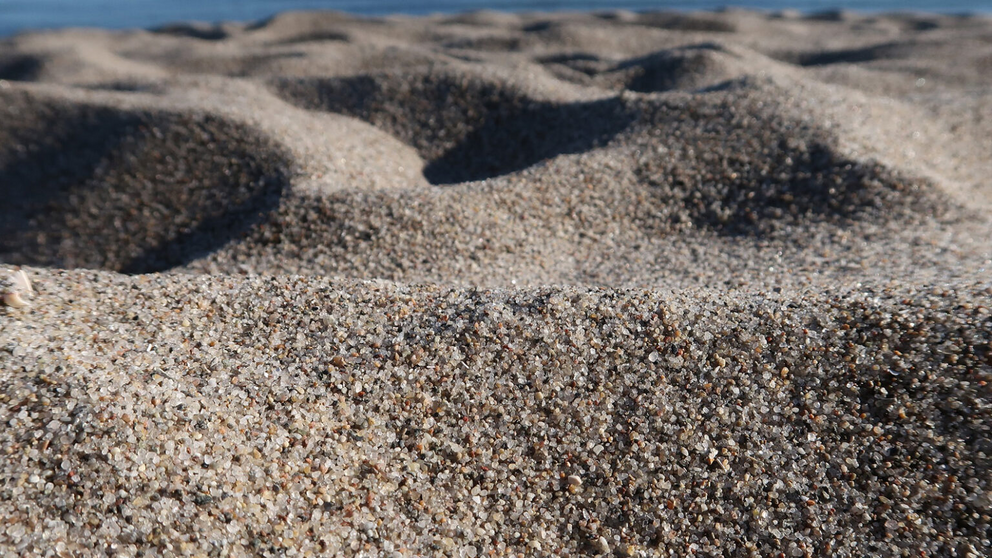New technique unlocks ancient history of Earth from grains of sand
Source:
Curtin University
Summary:
Researchers have developed a new technique by studying the age of ancient grains of sand from beaches, rivers and rocks from around the world to reveal previously hidden details of the Earth's distant geological past.
FULL STORY
Curtin researchers have developed a new technique by studying the age of ancient grains of sand from beaches, rivers and rocks from around the world to reveal previously hidden details of the Earth's distant geological past.
Lead researcher Dr Milo Barham, from the Timescales of Mineral Systems Group within Curtin's School of Earth and Planetary Sciences, said the team devised a metric, which determines the 'age distribution fingerprint' of minerals known as zircon within sand, shedding new light on the evolution of the Earth's surface over the last few billion years.
"While much of the original geological record is lost to erosion, durable minerals like zircon form sediments that effectively gather information from these lost worlds to paint a vivid picture of the planet's history, including changing environments, the development of a habitable biosphere, the evolution of continents, and the accumulation of mineral resources at ancient plate boundaries," Dr Barham said.
"This new approach allows a greater understanding of the nature of ancient geology in order to reconstruct the arrangement and movement of tectonic plates on Earth through time.
"The world's beaches faithfully record a detailed history of our planet's geological past, with billions of years of Earth's history imprinted in the geology of each grain of sand and our technique helps unlock this information."
Co-author Professor Chris Kirkland, also from the Timescales of Mineral Systems Group within Curtin's School of Earth and Planetary Sciences, said the new method can be used to trace the Earth's history with greater detail than previously achievable.
"Zircons contain chemical elements that allow us to date and reconstruct the conditions of mineral formation. Much like human population demographics trace the evolution of countries, this technique allows us to chart the evolution of continents by identifying the particular age population demographics of zircon grains in a sediment," Professor Kirkland said.
"The way the Earth recycles itself through erosion is tracked in the pattern of ages of zircon grains in different geological settings. For example, the sediment on the west and east coasts of South America are completely different because there are many young grains on the west side that were created from crust plunging beneath the continent, driving earthquakes and volcanoes in the Andes. Whereas, on the east coast, all is relatively calm geologically and there is a mix of old and young grains picked up from a diversity of rocks across the Amazon basin."
Dr Barham and Professor Kirkland are affiliated with The Institute for Geoscience Research (TIGeR), Curtin's flagship Earth Sciences research institute and the research was funded by the Minerals Research Institute of Western Australia.
Journal Reference:
- M. Barham, C.L. Kirkland, A.D. Handoko. Understanding ancient tectonic settings through detrital zircon analysis. Earth and Planetary Science Letters, 2022; 583: 117425 DOI: 10.1016/j.epsl.2022.117425

